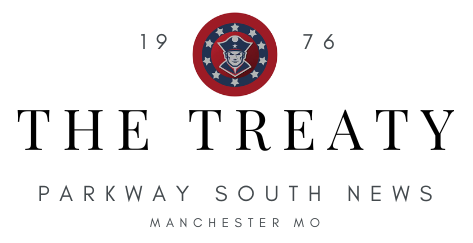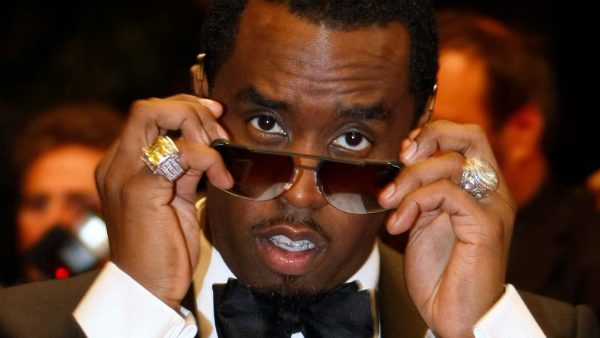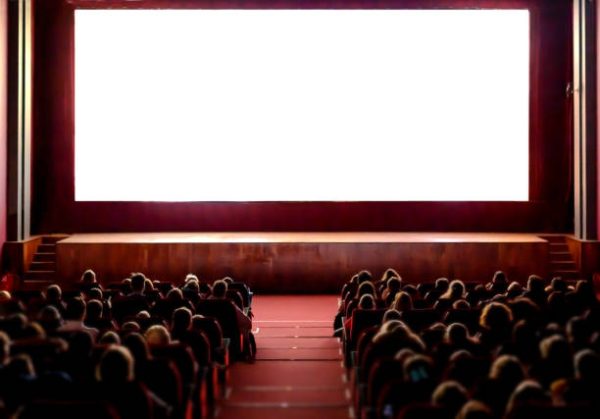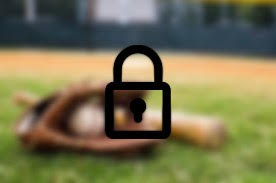Dia de los Muertos
It’s Not Our Culture
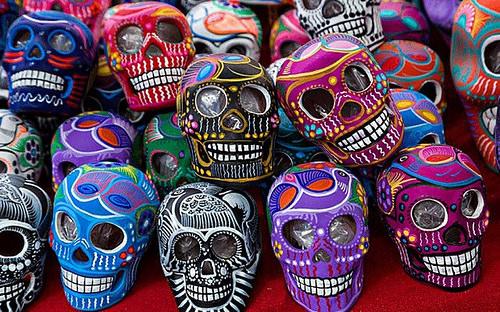
You have seen them. I have seen them. They are everywhere. The sugar skulls. Those intricately detailed skulls that seem to be in every store, on every other article of clothing. They are gorgeous, which is why they are so popular. But how many people wearing these cute little skulls are even aware of their significance?
These skulls are actually known as calaveras, which is simply Spanish for skull. They originated from the sketch Jose Guadalupe Posada created in the early 20th century known as Calavera Catrina. He depicted a female skeleton wearing a hat as an example of the outfit of a European around the year 1910. This was a satirical statement on the native Mexicans at the time who were attempting to act and dress more like the Europeans. It is a part of Mexican history, and has become a staple of Dia de los Muertos celebrations.
In Mexico, families build altars filled with pictures and memories for loved ones who have died. It is believed that on November 1-2, the remembered loved ones come back to earth where they celebrate with their families and friends. These altars are beautiful in their own right. They are lit by candles and filled with significant items a loved one enjoyed. A father’s altar might have a bottle of Coca-Cola and a picture from his youth. The calaveras are placed at the altar in memory of the loved one, as well. On the nights of Dia de los Muertos, families go to the graveyard with candles and celebrate the life of their loved ones. In American culture, this seems sad and morbid, but it is much more like a festival that lasts all night.
These celebrations and skeletons serve to make light of death and celebrate life. Again, this differs from American culture, where death is very serious and not talked about openly. In Dia de los Muertos, all aspects of life and death are celebrated. People with their faces painted in parades symbolize the lives of loved ones. The skeletons you see dressed up like bride and groom or mariachi bands of skeletons are meant to be cute and funny, and to remember and honor loved ones who have passed away.
So what is the problem? Maybe you have taken a Spanish class or two where Dia de los Muertos has been discussed. Maybe you watched The Book of Life when it came out last year. You read my little rundown of the celebration and its history. Now you know, so you can wear the skulls and paint your face for Halloween guilt-free. I’m sorry to disappoint you, but no, that is not how it works. Dia de los Muertos is not some kind of costume for anyone to wear and go trick-or-treating in. It is cultural appropriation.
Cultural appropriation is such a big and confusing phrase, though. It is a fairly simple concept. Cultural appropriation is the adoption of aesthetics or behavior of one culture to another with largely negative connotations. Cultural appreciation, on the other hand, is learning and respecting a different culture. Learning about the traditions and celebrating Dia de los Muertos is not cultural appropriation. Throwing the calavera designs onto half of your wardrobe and treating the culture like a Halloween costume is absolutely cultural appropriation, and it needs to stop.
But it’s so pretty. Do not deny that this thought has crossed your mind. The celebration and culture is pretty. The calaveras and alters are an amazing artform and inspire many people. You are allowed to make art, you are allowed to draw and create, AS LONG AS IT IS RESPECTFUL. Do your own research into the Dia de los Muertos traditions, and participate because it is beautiful. No one is wrong for admiring the culture.
But the dead coming back is the same reason Halloween started. We have all thought this, too. But Halloween’s origin and Dia de los Muertos’ origin are two entirely different stories. Halloween came about from the stories like those about Samhain, where people believed that ghosts came back to earth and covered their faces to not be noticed then had a feast after it was over. The Halloween stories come from stories of fear, and there is absolutely no cultural significance about Halloween. We all dress up and get or give out candy and have a good time. There is no mention of loved ones or altars in Halloween like there is with Dia de los Muertos. It is not religious like Dia de los Muertos. If you remember nothing else, just know: Dia de los Muertos IS NOT Mexican Halloween. It is a cultural and religious celebration of life and death.
We have to stop lying to ourselves to excuse our actions by saying we are respecting Mexican culture. It is not respect. We are trivializing a beautiful and admirable cultural by turning it into a fad that will be gone the year after next. Wearing these skulls and painting your face for Halloween like a calavera is as bad as wearing a traditional Native American headdress and calling those people a costume. If you want to paint your face and learn about the culture, do it! There is a Dia de los Muertos celebration at the Missouri History Museum in Forest Park on the weekend of November 7-8. Go and bring mementos of a loved one who has passed away and look at the art, taste the food, listen to the food. Celebrate the culture, and please do not treat it like a Halloween costume or a fashion statement.
